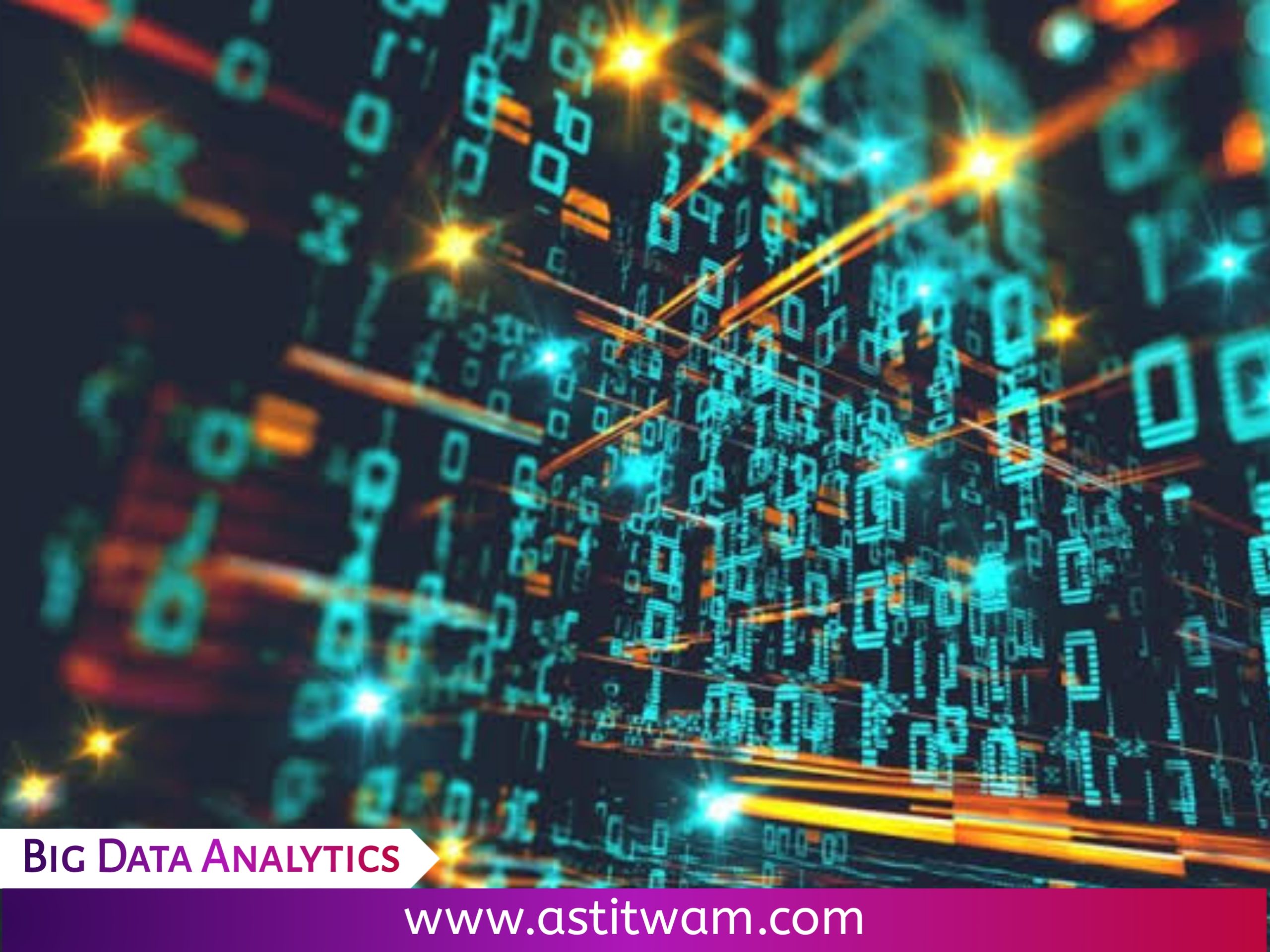From Raw Data to Remarkable Insights: Tech’s Journey with Big Data Analytics

Table of Contents
In an era defined by data, its sheer volume can often be overwhelming. However, the real magic lies in transforming raw data into meaningful insights that fuel innovation, inform strategies, and drive decision-making. This article takes you on a journey through the world of Big Data analytics, where technology plays a pivotal role in extracting remarkable insights from seemingly chaotic data landscapes.
The Evolution of Data Analytics in Technology
The evolution of data analytics is closely intertwined with the advancement of technology. From manual tabulations to sophisticated algorithms, technology has continuously propelled our ability to derive value from data. The emergence of Big Data has ushered in a new era, demanding innovative approaches to make sense of the massive datasets being generated.
From Raw Data to Structured Insights
The journey from raw data to structured insights is akin to transforming scattered puzzle pieces into a coherent picture. Raw data, often unorganized and diverse, must undergo a series of processes to become usable. This journey involves data preprocessing, cleaning, transformation, and analysis, all facilitated by technology.
The Role of Data Preprocessing and Cleaning
Before data can be analyzed, it needs to be cleaned and preprocessed. This step involves removing inconsistencies, dealing with missing values, and standardizing formats. Technology streamlines this process, employing algorithms to automate data cleaning and ensure the accuracy of subsequent analyses.
Unveiling Patterns: Data Analysis and Interpretation
Data analysis is the heart of the journey, where technology shines brightly. Algorithms dissect data, identifying patterns, correlations, and anomalies that might not be apparent to human analysts. The power of machine learning and statistical tools lies in their ability to process vast datasets and derive insights that drive informed decisions.
Tech Tools Enabling Big Data Analytics

Machine Learning Algorithms
Machine learning algorithms are the workhorses of data analytics. They can classify data, predict outcomes, and uncover hidden relationships. From clustering to regression, these algorithms assist in making sense of complex datasets.
Data Visualization Platforms
Visualizing data is essential for understanding complex information at a glance. Data visualization platforms use charts, graphs, and interactive dashboards to present insights in a comprehensible manner. These tools bridge the gap between raw data and actionable insights.
Cloud Computing Infrastructure
The processing power required for Big Data analytics is immense. Cloud computing offers scalable infrastructure that can handle the resource-intensive tasks of data analysis, enabling organizations to analyze data faster and more efficiently.
Real-World Applications of Big Data Analytics
Business Intelligence and Decision-Making
In the business realm, Big Data analytics revolutionizes decision-making. Insights derived from customer behavior, market trends, and operational efficiency empower organizations to make informed choices that drive growth and competitiveness.
Healthcare and Predictive Analysis
In healthcare, Big Data analytics transforms patient care. Predictive models analyze patient data to anticipate disease outbreaks, identify at-risk populations, and recommend personalized treatment plans, enhancing medical outcomes.
E-commerce and Personalized Experiences
E-commerce platforms leverage Big Data to offer personalized experiences. By analyzing user behavior and purchase history, businesses tailor product recommendations and marketing strategies, enhancing customer satisfaction and loyalty.
Challenges in Big Data Analytics
Data Privacy and Security
As data analytics involves handling sensitive information, ensuring data privacy and security is paramount. With the rise in data breaches, organizations must adopt robust cybersecurity measures to protect both user data and business interests.
Scalability and Resource Management
The volume of data continues to grow exponentially, challenging the scalability of analytics infrastructure. Organizations must invest in scalable resources, including hardware, software, and skilled personnel, to effectively analyze and interpret large datasets.
The Future Landscape of Big Data Analytics
The future of Big Data analytics is promising. Advancements in AI, machine learning, and data visualization will further streamline the analytics process. Organizations will harness the power of real-time analytics and predictive modeling to anticipate trends and drive innovation.
Conclusion: The Art and Science of Extracting Insights
The journey from raw data to remarkable insights is a testament to the harmonious partnership between technology and human ingenuity. As data continues to proliferate, Big Data analytics becomes not only a science but also an art—a creative endeavor that uncovers hidden truths and empowers us to make meaningful strides toward progress.
FAQs
Q: Can small businesses benefit from Big Data analytics? A: Absolutely! Cloud-based analytics tools offer affordable solutions, enabling small businesses to harness data-driven insights for growth.
Q: How do machine learning algorithms work in data analysis? A: Machine learning algorithms learn from data patterns to make predictions, classifications, and recommendations, enhancing data analysis capabilities.
Q: What challenges do organizations face in implementing Big Data analytics? A: Challenges include ensuring data privacy, managing scalability, and acquiring the necessary technical expertise.
Q: Is data visualization necessary for data analytics? A: Yes, data visualization simplifies complex data and aids in quick understanding, making insights accessible to a wider audience.
Q: What role will AI play in the future of Big Data analytics? A: AI will enhance automation and predictive modeling, enabling more accurate insights and proactive decision-making.




